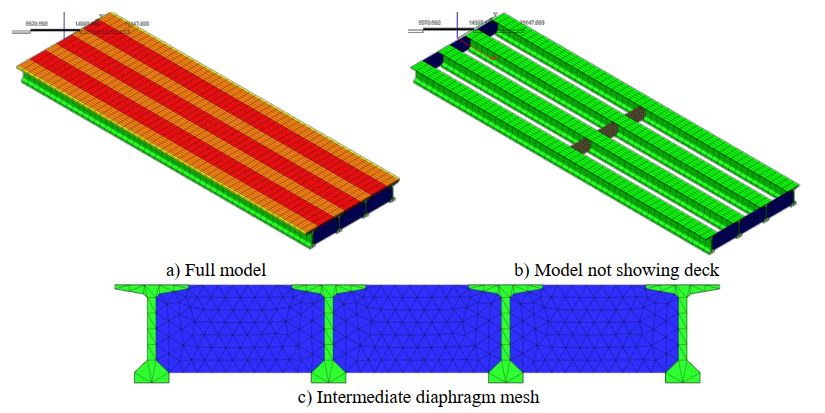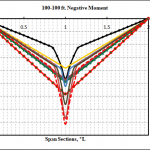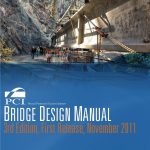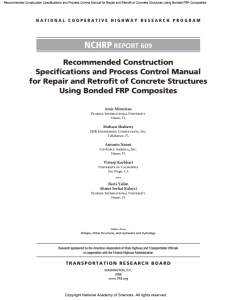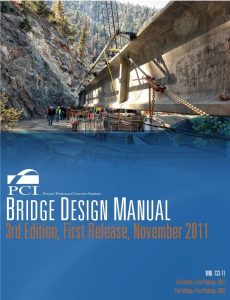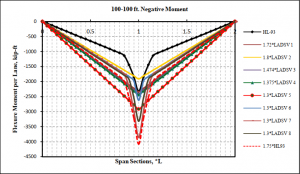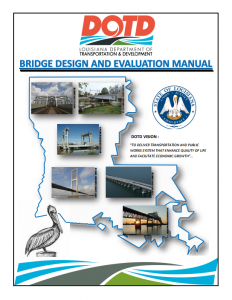INTERMEDIATE DIAPHRAGM STUDY
Included in the ongoing development of the LA DOTD Bridge Design and Evaluation Manual, SDR performed extensive research on the controversial topic of intermediate diaphragms in bridge design. There is speculation as to whether intermediate diaphragms (IDs) distribute live loads along the main girders and whether IDs help resist lateral impact from vehicular collision or cause wider-spread damage to multiple girders, rather than just the exterior girder. Research has shown that the flexural rigidity of the connection between the intermediate diaphragm and the precast girders determines, to a great extent, the effectiveness of the IDs. SDR conducted research to determine the true performance of IDs by performing a literature review, followed by a sensitivity study to optimize the finite element models, then performed a parametric study taking into account all the of the parameters known to influence the IDs, ultimately developing standard design recommendations to be implemented in the BDEM. Based on the findings of the research, it was decided that removal of intermediate diaphragms has insignificant effect on the live load moment at mid-span under normal loading conditions for BT-78, LG-25 girders, and quad-beam bridges; therefore, it was recommended to remove intermediate diaphragms from straight, skewed, and curved bridges for the aforementioned bridge types.
